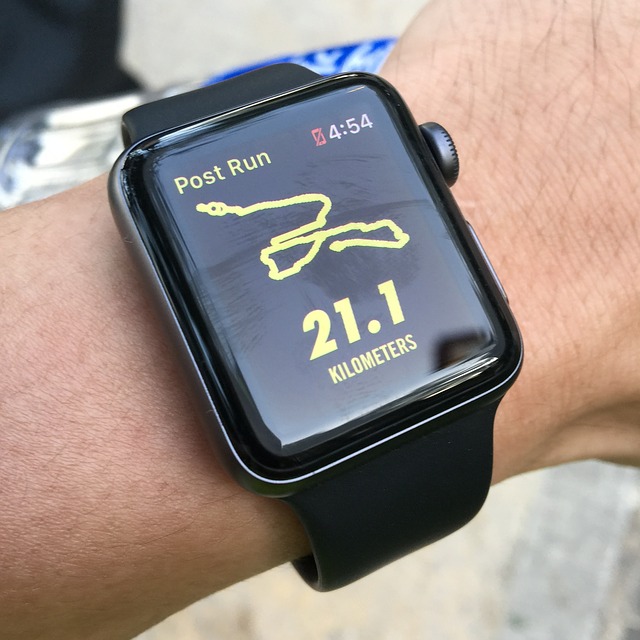If you’ve read some of my other blogs on running weight loss, you’ll see lots of tips on how to do it safely and why it helps. One thing I haven’t discussed is whether you should keep calories the same every day or vary them.
What’s the difference?
Consistent calories means your calorie intake per day remains roughly the same, regardless of whether you run or not. Varying the calories on the other hand, involves consuming more calories on the days that you run, and fewer on the days that you don’t run.
Consistent calories
One of the main benefits of consistent calories is that it makes food planning and meal preparation much easier, especially if your partner is trying to stick to healthy eating habits too. If you’re keeping a rough calorie count without nutritional values, then the benefit of this method is limited. Making it easier only really comes into play if you’re using a calorie (and nutrient) counting app like Myfitnesspal, which although it does have a variable calorie option, might not be everyone’s preference due to having to change days and pay for this feature.
The major drawback of consistent calories is that on a longer or hard run day, particularly if you’re training later in the day, you can feel sluggish and under-perform against your expectations.
Variable calories
This is the way I’d recommend most people choose. It’s a very flexible way to lose weight, and even if you’re using an app to track food and drink, you can work either side of your targets, looking back at your weekly averages to understand the changes to make if you were to lose too fast, lose muscle, gain weight or plateau.
On days you run, you’ll probably use at least 300 calories more than days you don’t run. Your body will need more protein for muscle repair, plus more carbohydrate and fat for energy. Not varying calories can therefore inhibit recovery from training and any benefit of ease is outweighed by slower progress in my view.
We all know those post-run carb cravings, and not eating enough can leave these lingering and impact mood (yes, being hangry is a thing) which could potentially mean you skip other training elements, negatively impacting your progress, or just making you a grump to be around.
My approach
What I use for myself personally, is targets calculated using best practice and setting these on Myfitnesspal to keep me roughly on track each day. On longer or harder training days however, I’ll allow myself to go over the targets predominantly from carbs and fat, aiming to keep protein levels roughly on target. On days that I don’t run, I might not eat up to my maximum amount of carbohydrate, ensuring I get plenty of protein and fats still. During one 7-week targeted weight loss period this tactic allowed me to drop 7.7lbs of weight with 8.4lbs of fat lost and 1.1lbs of muscle gained.
By using this method of targets with flexibility, I can easily plan my food each day, maintaining a healthy relationship with food and achieving good progress also. Nothing is eliminated from my diet and when I choose to maintain my body weight and composition, I have minimal changes to make in order to do so.
My advice is always to find what works for you, but sometimes you’ll need to move slightly outside of your comfort zone for a while to get the results you want. Both methods can work depending on your situation.
Written by Kyle Brooks, Running Coach based in Norwich, Norfolk

